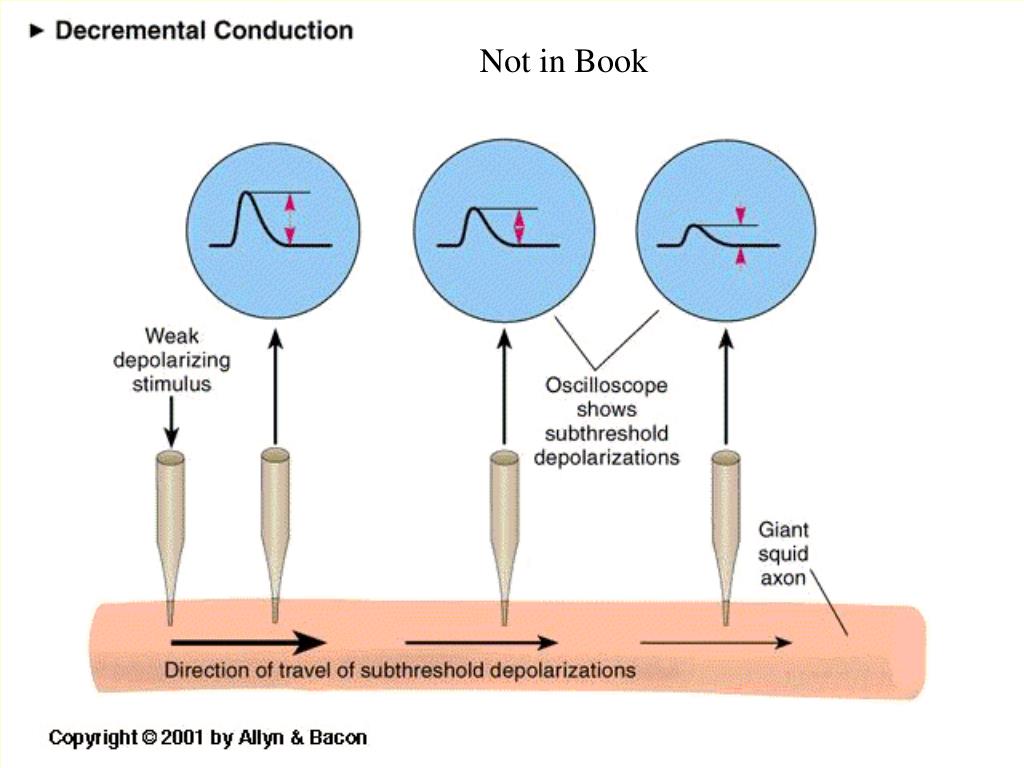

Early on in the relative refractory period, the strength of the stimulus required is very high. During this period the neurone can be excited with stimuli stronger than the one normally needed to initiate an AP. The Relative Refractory Period which occurs when sodium channels slowly come out of the inactivation.Sodium channels then enter an inactive state during which they cannot be reopened, regardless of the membrane potential. The Absolute Refractory Period which occurs once the sodium channels close after an AP.The Refractory PeriodĮvery action potential is followed by a refractory period. It is important to note that the Na+/K+ ATPase is not involved in the repolarisation process following an action potential. Typically, repolarisation overshoots the resting membrane potential, making the membrane potential more negative. As the K+ moves out of the cell, the membrane potential becomes more negative and starts to approach the resting potential. The positive potential inside the cell causes voltage-gated potassium channels to open and K+ ions now move down their electrochemical gradient out of the cell. Once the cell has been depolarised the voltage-gated sodium ion channels begin to close. Hence, action potentials can be described as “ all-or-nothing“. Action potentials will only occur if a threshold is reached. Additionally, if the threshold is reached, then the response of the same magnitude is always elicited, irrespective of the strength of the stimulus. If a threshold potential is reached, then an action potential is produced. During depolarisation, voltage-gated sodium ion channels open due to an electrical stimulus. As the sodium ions rush back into the cell, their positive charge changes potential inside the cell from negative to more positive. An action potential begins at the axon hillock as a result of depolarisation. These concentration gradients are maintained by the action of the Na+/K+ ATPase via active transport, which in turn maintains the membrane potential.ĭuring the resting state, the membrane potential arises because the membrane is predominantly permeable to K+.

At the resting state, the cell is mostly permeable to K+, as such this exerts the greatest influence on the resting membrane potential out of the three ions. Further information on the resting potential generation can be found here. Hence, K+ ions would be moving out of the cells, while Na+ and Cl- ions would be moving into the cell. This difference in concentrations provides a concentration gradient for ions to flow down when their respective channels are open. In neurones, K+ and organic anions are typically found at a higher concentration within the cell than outside, whereas Na+ and Cl- are typically found in higher concentrations outside the cell. This value depends on the types of ion channels that are open and the concentrations of different ions in the intracellular and extracellular fluids during the resting state. For neurones, this typically sits between -50 and -75mV. The resting membrane potential of cells varies depending on the cell type.


 0 kommentar(er)
0 kommentar(er)
